In recent years, New Zealand's real estate market has experienced a transformative shift. Among the myriad of changes, the emergence of Build-to-Rent (BTR) properties stands out, not just as a trend, but potentially as a paradigm shift in housing solutions. With its roots in addressing housing shortages and rental affordability, the BTR model is gaining traction across the globe, and its implications for New Zealand could be profound. But what exactly is BTR, and why should Kiwi investors and policymakers be paying attention?
The Build-to-Rent Revolution: A Detailed Overview
The Build-to-Rent model, popularized in the United States and the United Kingdom, involves the development of residential properties specifically designed and constructed for renting rather than selling. This model addresses a critical gap in the housing market by providing long-term rental solutions, offering residents more stability and fostering community development.
In New Zealand, the traditional property market has been heavily skewed towards home ownership. However, with property prices soaring—Stats NZ reported a 27% increase in property prices from 2019 to 2023—the dream of owning a home is increasingly out of reach for many Kiwis. This creates a ripe opportunity for the BTR model to flourish, catering to the growing demographic of long-term renters.
Case Study: The Rise of Build-to-Rent in Auckland
Problem: Auckland, New Zealand's largest city, has grappled with a chronic housing shortage, exacerbated by population growth and urbanization. This has led to skyrocketing rents and a decrease in rental affordability.
Action: In response, a consortium of developers initiated a BTR project in the heart of Auckland. The development consists of over 300 units, each designed to cater to long-term renters with amenities like communal gardens, gyms, and coworking spaces. The project was supported by the Auckland Council, which provided incentives for developments that increased housing supply.
Result: Within a year of opening, the BTR development achieved a 95% occupancy rate. Residents reported higher satisfaction levels due to the community-oriented design, and retention rates improved significantly compared to traditional rental models.
Takeaway: The Auckland BTR initiative underscores the potential of this model in addressing housing shortages while fostering community engagement. For New Zealand, expanding BTR could be a strategic move to mitigate housing issues and cater to changing demographic needs.
Pros and Cons of Build-to-Rent Properties
Pros:
- Long-term Stability: BTR properties provide renters with long-term leases, reducing the uncertainty associated with frequent relocations.
- Community Building: These developments often include community-focused amenities, enhancing social cohesion and resident satisfaction.
- Investor Appeal: With stable rental incomes and potentially lower vacancy rates, BTR properties can be an attractive investment.
- Policy Support: Government incentives for increasing housing supply can make BTR projects financially viable.
Cons:
- Initial Costs: The upfront investment for BTR projects can be substantial, requiring significant capital outlay.
- Regulatory Challenges: Navigating zoning laws and regulations can be complex, particularly in densely populated areas.
- Market Risk: Changes in rental demand or economic conditions could impact the profitability of BTR investments.
Myths and Misconceptions about Build-to-Rent
Myth: "Build-to-Rent is just another name for rental housing."
Reality: Unlike traditional rental properties, BTR developments are purpose-built with long-term rentals in mind, offering tailored amenities and lease agreements.
Myth: "BTR is only for urban areas."
Reality: While many BTR projects are in cities, there's potential for growth in suburban and regional areas, particularly where housing shortages are acute.
Myth: "BTR doesn't offer good returns for investors."
Reality: With stable income streams and policy support, BTR can yield competitive returns, especially in markets with high rental demand.
Future Trends and Predictions
As New Zealand grapples with housing affordability and urbanization, the Build-to-Rent model is poised for growth. According to a report by the Ministry of Business, Innovation and Employment (MBIE), the demand for rental housing is expected to rise by 30% over the next decade. This presents an opportunity for BTR to fill the gap, supported by policy frameworks that encourage sustainable housing solutions.
Furthermore, with global trends indicating a shift towards urban living and rental accommodation, New Zealand's cities could see an influx of BTR developments. By 2030, it's predicted that BTR could make up 15% of the rental market in major Kiwi cities, fundamentally altering the housing landscape.
Conclusion: The Path Forward for New Zealand's Real Estate Market
In conclusion, the rise of Build-to-Rent properties offers a promising solution to New Zealand's housing challenges. By providing stable, community-focused rental options, BTR developments can enhance urban living while offering attractive investment opportunities. As policymakers and investors look to the future, embracing the BTR model could be key to addressing the nation's housing needs.
Are you ready to explore the potential of Build-to-Rent in your investment strategy? Share your thoughts and insights below!
People Also Ask
How does Build-to-Rent impact the New Zealand housing market?
BTR provides long-term rental solutions, increasing housing supply and stabilizing rent prices. It addresses urban housing shortages and offers investors stable returns.
What are the biggest misconceptions about Build-to-Rent?
One myth is that BTR is only viable in urban areas, but regional areas with housing shortages can also benefit. BTR developments are purpose-built with amenities for long-term rentals.
Related Search Queries
- Build-to-Rent New Zealand
- New Zealand housing market trends
- Investment opportunities in NZ real estate
- Affordable housing solutions NZ
- Real estate investment strategies
- Urbanization and housing in New Zealand
- Property development in Auckland
- Long-term rental trends
- Government incentives for housing
- Build-to-Rent vs. traditional rentals










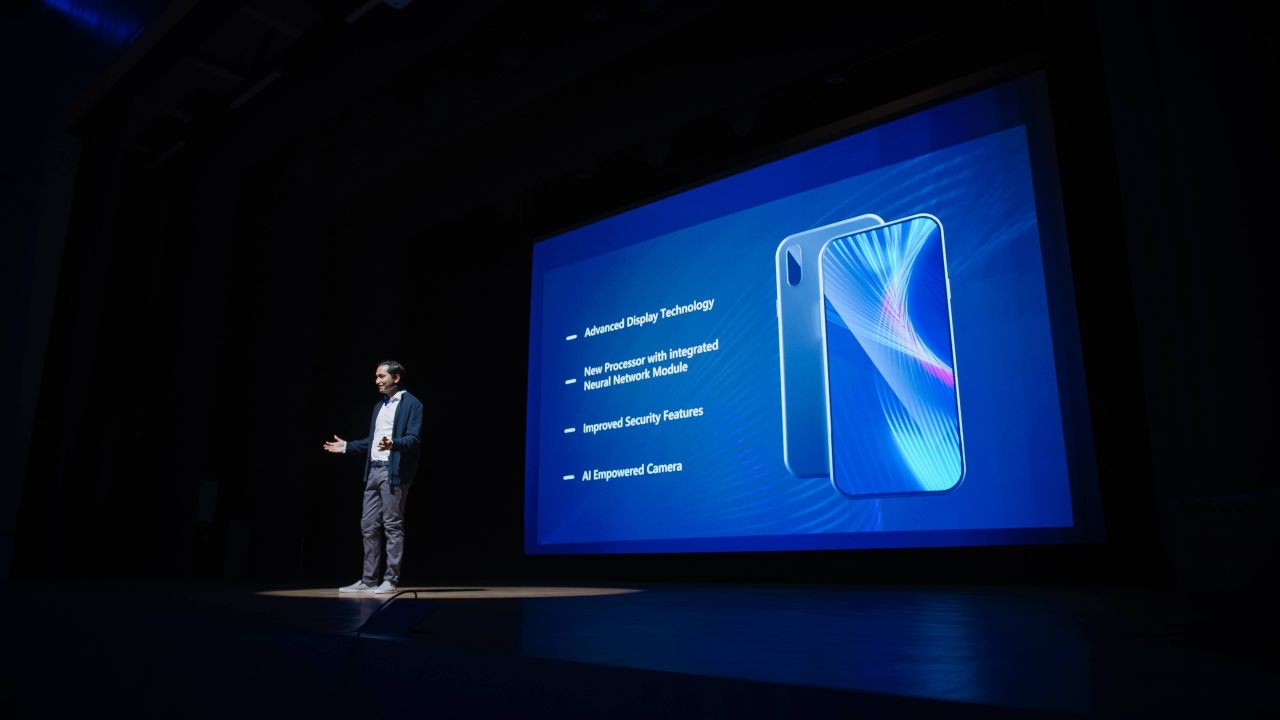



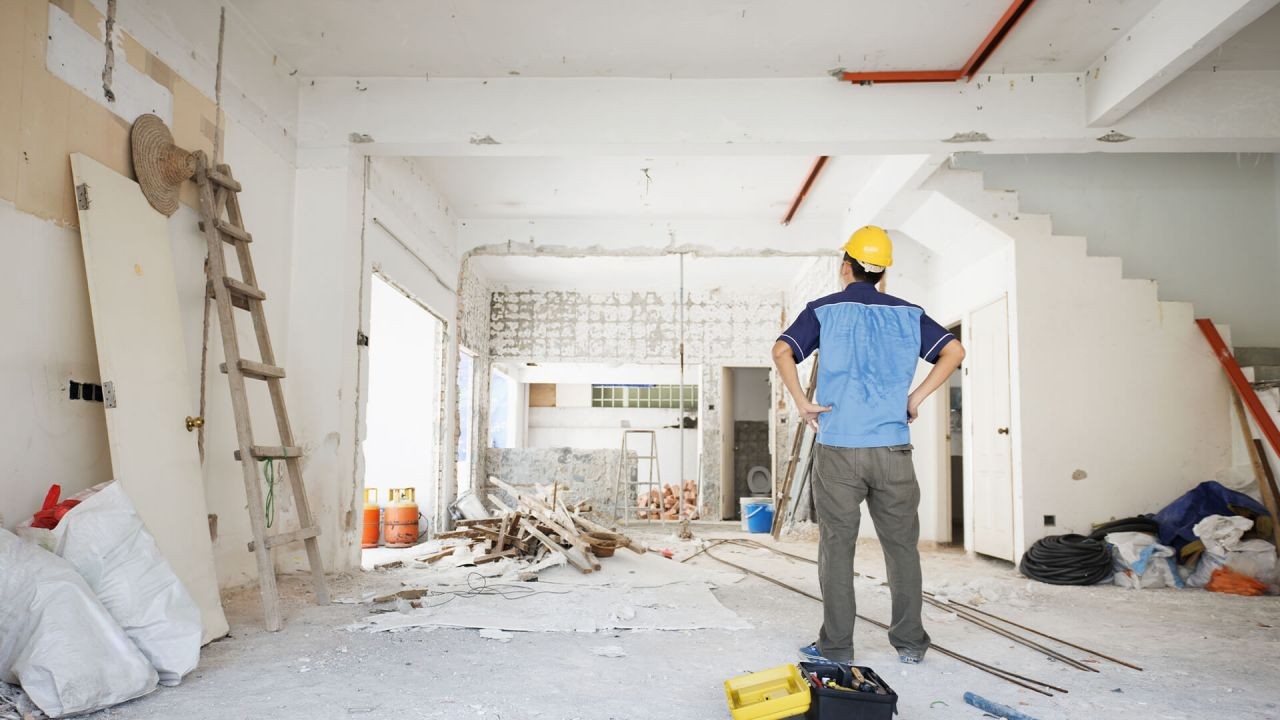



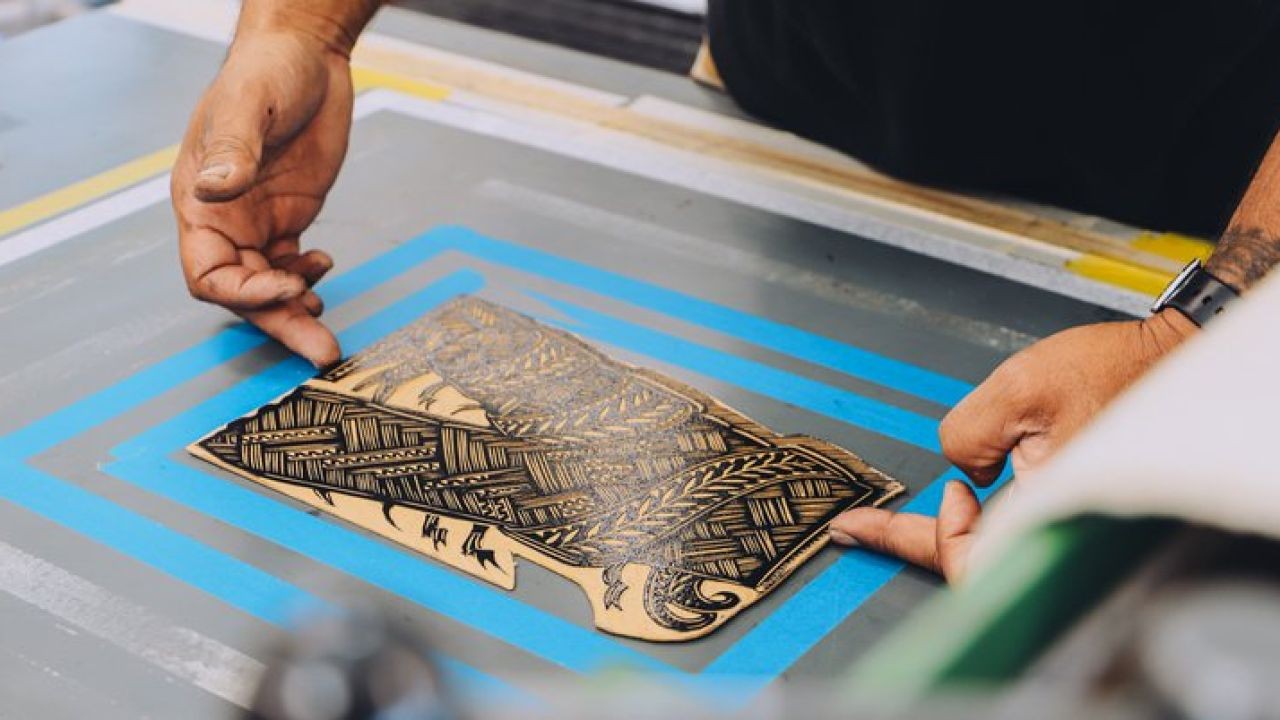






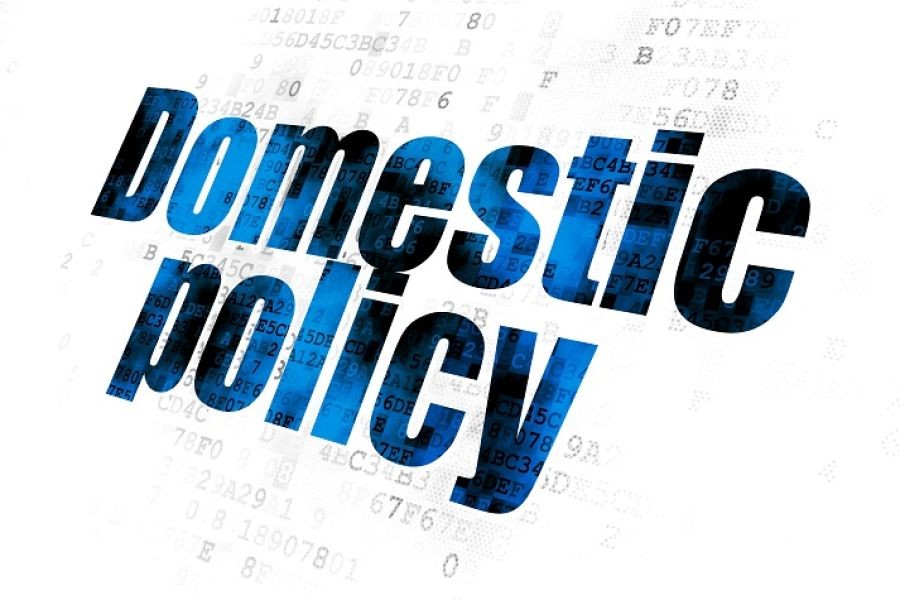
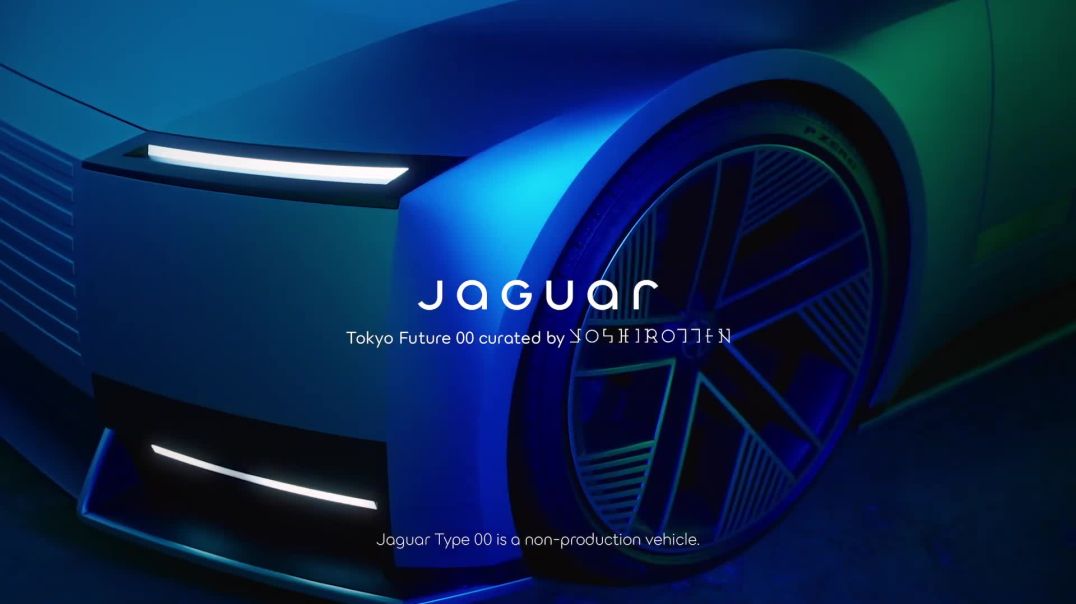

JaredPalma
9 months ago